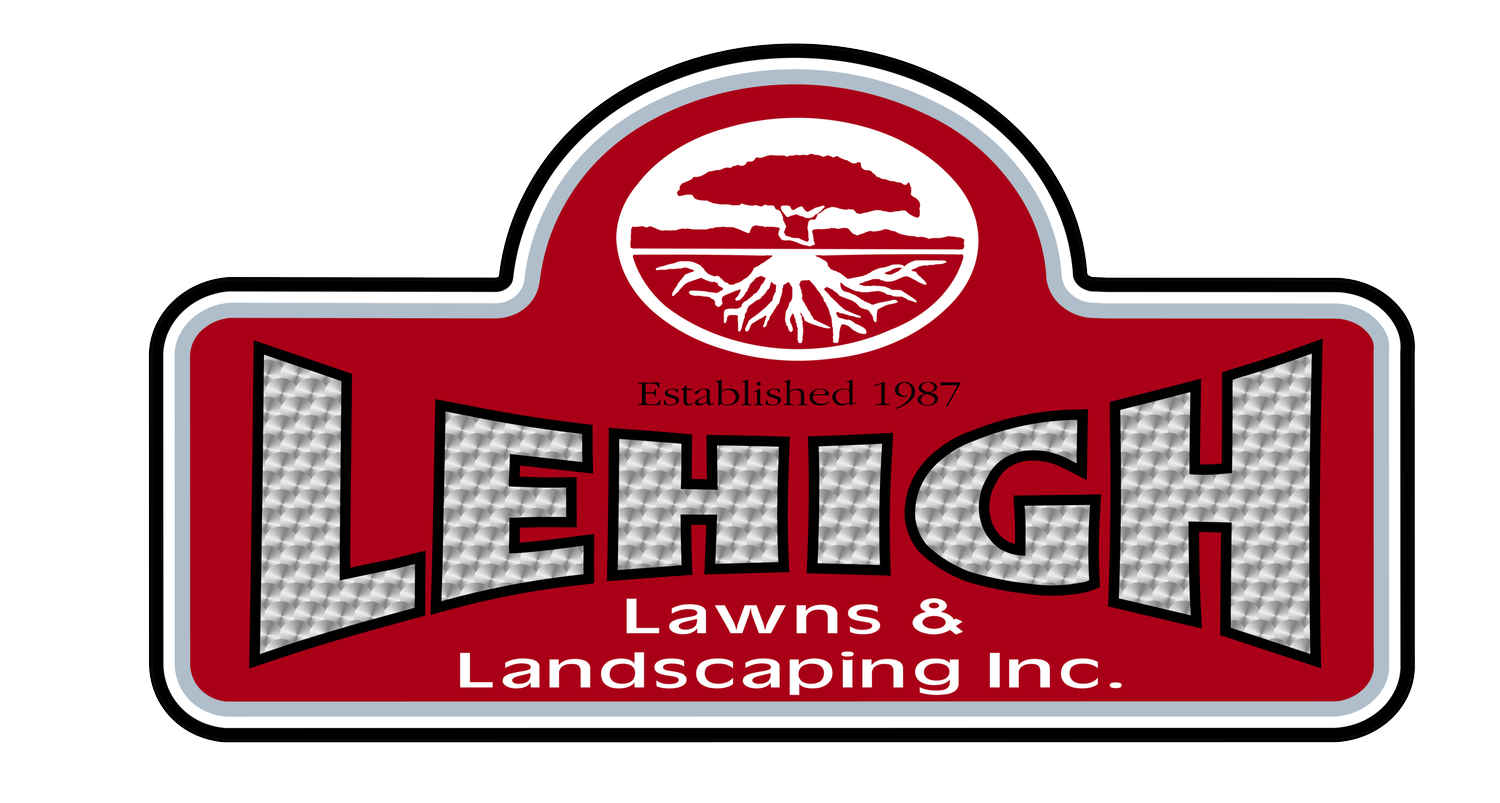Everything You Need to Know About Fertilizer and Fertilization to Prepare You For Next Spring in Chappaqua NY
Fertilization can be complicated. Too little won’t give your landscape the resources it needs to withstand environmental challenges, pests, and disease. Too much can burn your plants. The wrong kind can upset the delicate balance of soil pH. To help you sift through the information, here’s everything you need to know about fertilizer and fertilization to prepare you for next spring in Chappaqua, NY.
Related: 6 Essential Steps in a Lawn Fertilization Program in Westchester County, NY
Why Do You Need Fertilizer?
In an ideal world, soil contains all the nutrients that your trees, shrubs, flowers, and lawn need to thrive. However, since the average landscape contains many species of native and non-native plants with different needs, it’s unrealistic to think that your soil can provide the ideal environment for every plant.
Just as you need the right balance of nutrients to be healthy, so do plants.
The primary nutrients that help plants thrive are potassium, nitrogen, and phosphorus. Potassium boosts a plant’s ability to withstand heat, cold, disease, pests, and drought by helping to develop a robust root system. Phosphorus supports photosynthesis, to help plants convert sunlight into energy. Nitrogen boosts a plant’s ability to grow and reproduce and is necessary for a lush, vibrant landscape.
Secondary nutrients including calcium, magnesium, and sulfur are needed in smaller quantities for photosynthesis and to help plant cells maintain their structure and produce chlorophyll.
Adding these nutrients in the wrong concentration to the wrong plant can cause damage and even undo all of your care. But there’s more to the equation than just giving plants what they need. When, how, and how often you fertilize are just as important.
Knowing Your Landscape Needs
Begin by testing the soil so you know its pH levels as well as the presence of essential nutrients. Many homeowners buy generic fertilizers at big box stores or nurseries without considering whether their soil or their plants even need what’s in the bag!
You also need to know what your specific plants need. Most suburban landscapes include both native and non-native species, so you’ll need to adjust fertilization to suit specific plants. Even in a plant monoculture such as a lawn, different lawns in the same neighborhood can have different soil conditions. Drainage also affects the distribution of nutrients from yard to yard.
With so many factors at play, start by testing your soil once a year, and twice if you have plants that are struggling.
Which Fertilizer is Best?
Once the soil has been tested and you know the individual needs of your plants, you can choose fertilizer based on its nutrient content and release mechanism. Sometimes, you’ll need to “hit” a plant with nutrients to jump-start growth. Other times, you’ll need to use a slow-release fertilizer to “drip” nutrients to the plant over time to avoid shocking it.
Natural, organic fertilizers such as compost or seasoned manure are arguably the best since they won’t burn plants like chemicals can. However, the nutrient distribution in natural fertilizers may or may not be what your landscape needs.
Applying Fertilizer
Finally, there’s an art to application. With organic (natural) fertilizers, you can simply spread them and water deeply to help distribute the nutrients. With chemical fertilizers, you have to follow the application and watering directions carefully to avoid burning plants.
As you can see, fertilization is not always straightforward. Your best bet is to contact a reputable landscape maintenance company that has the expertise to fertilize your landscape in the safest and most effective way.
Related: Why Fertilization Is an Essential Part of Lawn Maintenance

